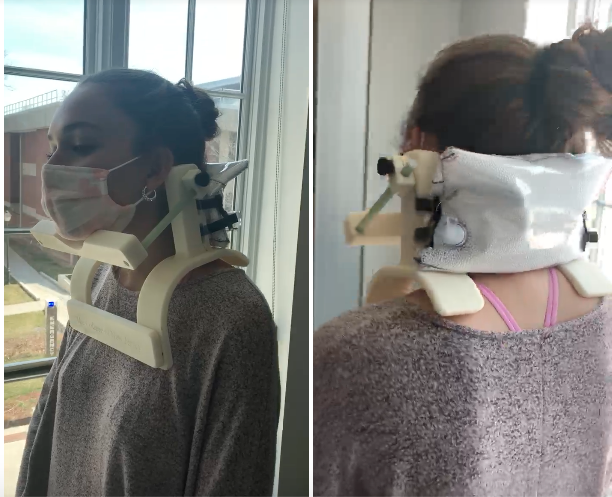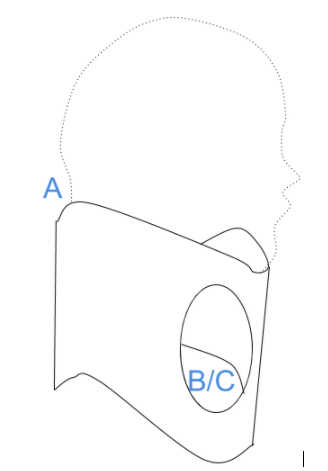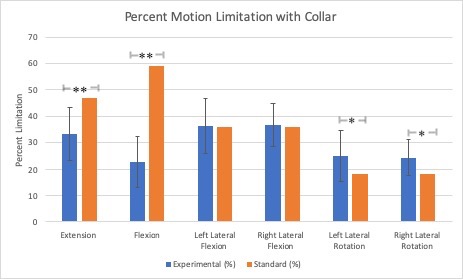Prototype

Design Requirements

| Design Requirements | Justification |
| A. Must restrict 6 major neck motions | Excessive movement of the cervical spine leads to secondary spinal cord injury. Rotation is especially detrimental and can cause permanent damage to several body systems. |
| B. Must allow for natural airway and circulatory function. | Major blood and airway supply flows through the cervical region. Any interference with these functions can lead to unconsciousness or brain death within a few minutes. |
| C. Must be applied in a clinically acceptable time frame | Spinal cord injuries can lead to permanent damage within 6-10 minutes 1. As such, these injuries should be treated and addressed as efficiently as possible. |
| D. Must allow for additionally emergency procedures to be performed | Cervical collars remain on the patient during additional emergency procedure including: imaging, intubation, etc. Collars should be compatible with these procedures as well to ensure the best possible outcome for the patient. |
Testing

The team conducted verification testing to assess motion limitation for the prototype. Based on the results, shown to the left, the device successfully limited 4 out of 6 of the major neck motions.
